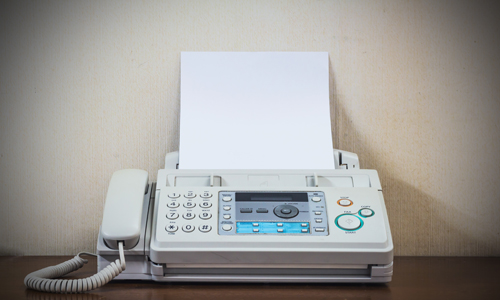European Syringe Collection and Analysis Enterprise (ESCAPE) – generic protocol
EMCDDA, Lisbon, February 2021
Summary
This protocol documents a new approach that has been developed to monitor substances injected by people who inject drugs through analytically confirmed data at the local level: the analysis of residual content of used syringes. Used syringes contain traces of drugs that can be analysed to inform public health professionals about injecting drug use, and to contribute to the understanding of drug addiction among people who inject drugs. Used syringes can be collected from low-threshold services where needle exchange programmes are in place. They can also be collected from automatic injection kit dispensers, combined with street bins (where people who inject drugs can obtain their new sterile injection kit in return of a used syringe), thereby obtaining injecting material from populations that might not be in contact with health and social services.
Table of contents
- Introduction
- Objectives
- Ethical considerations
- Methods
- Data management and analysis
- References
- Annexes


